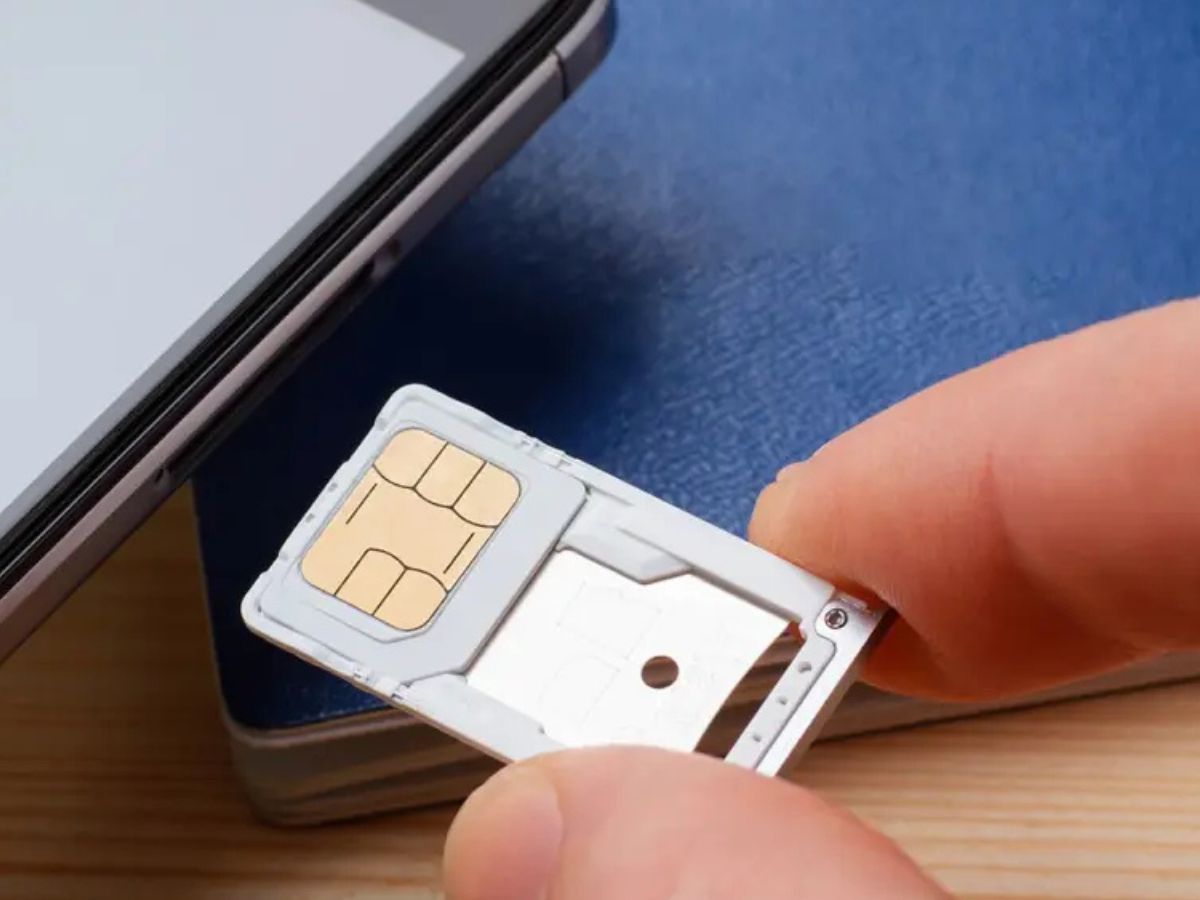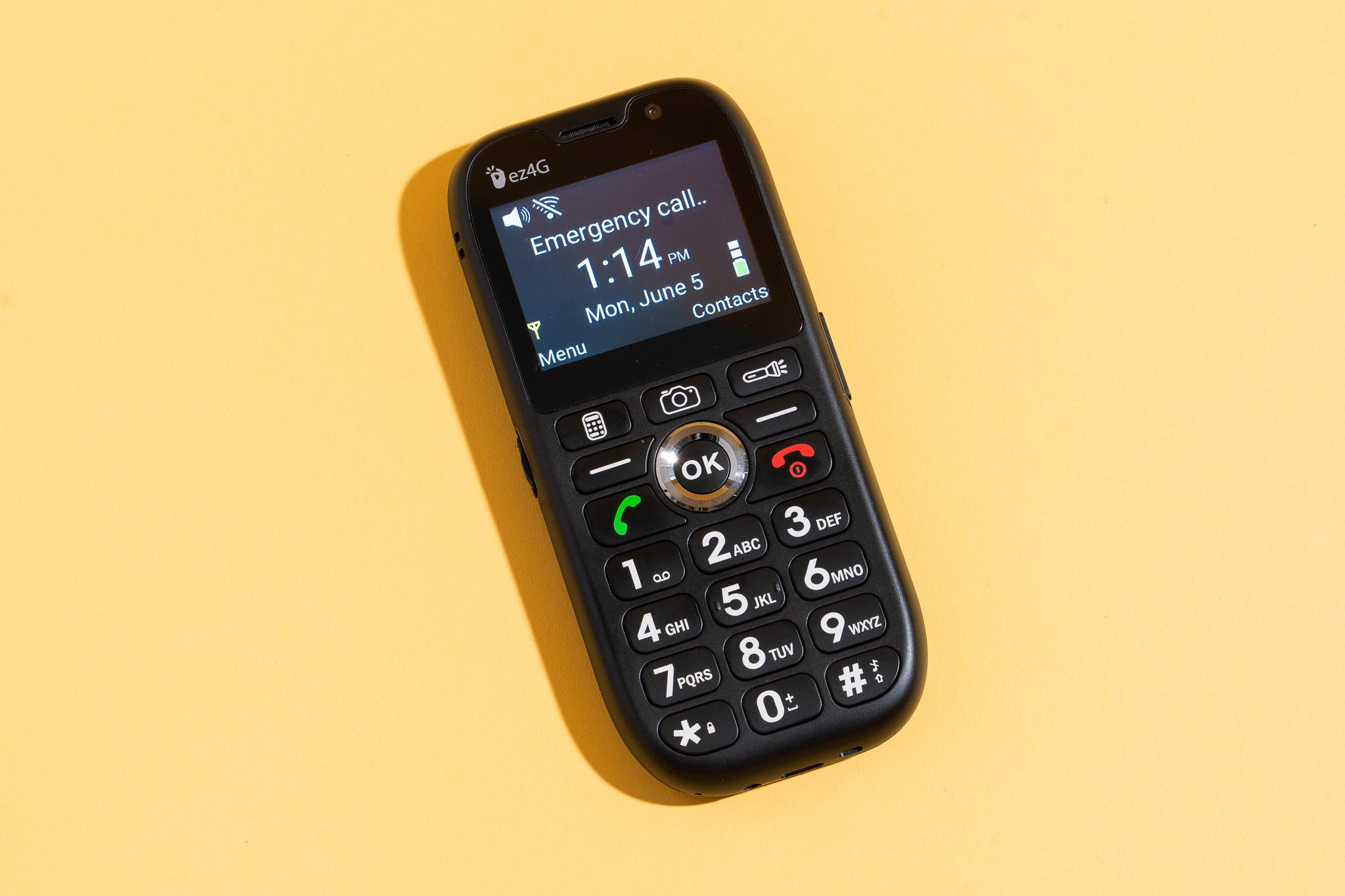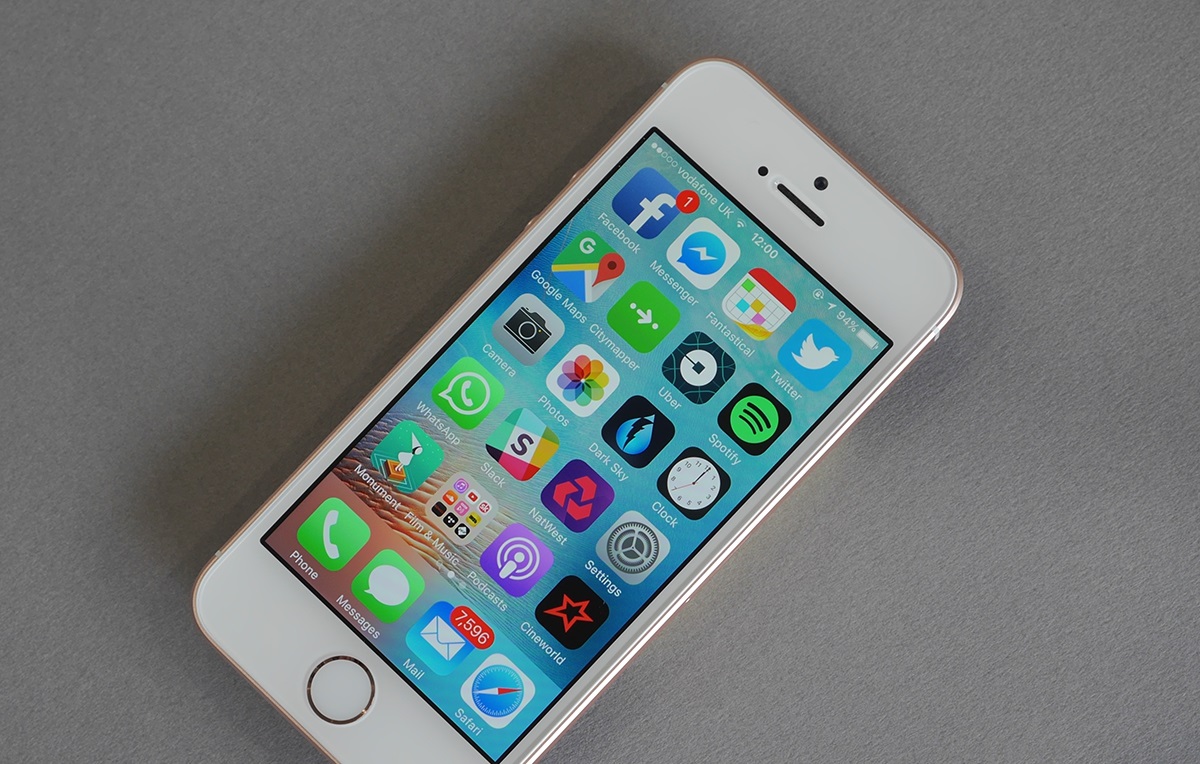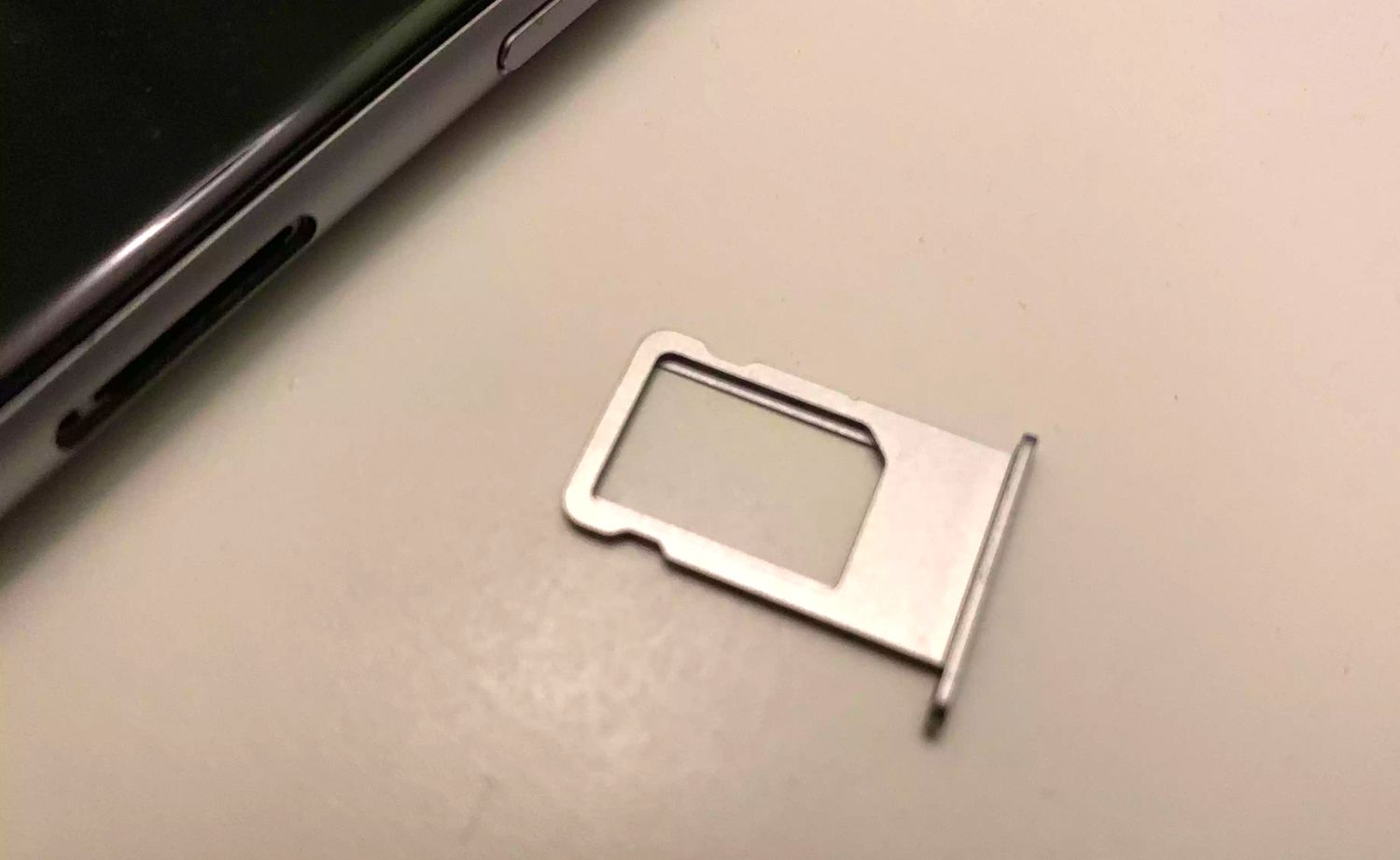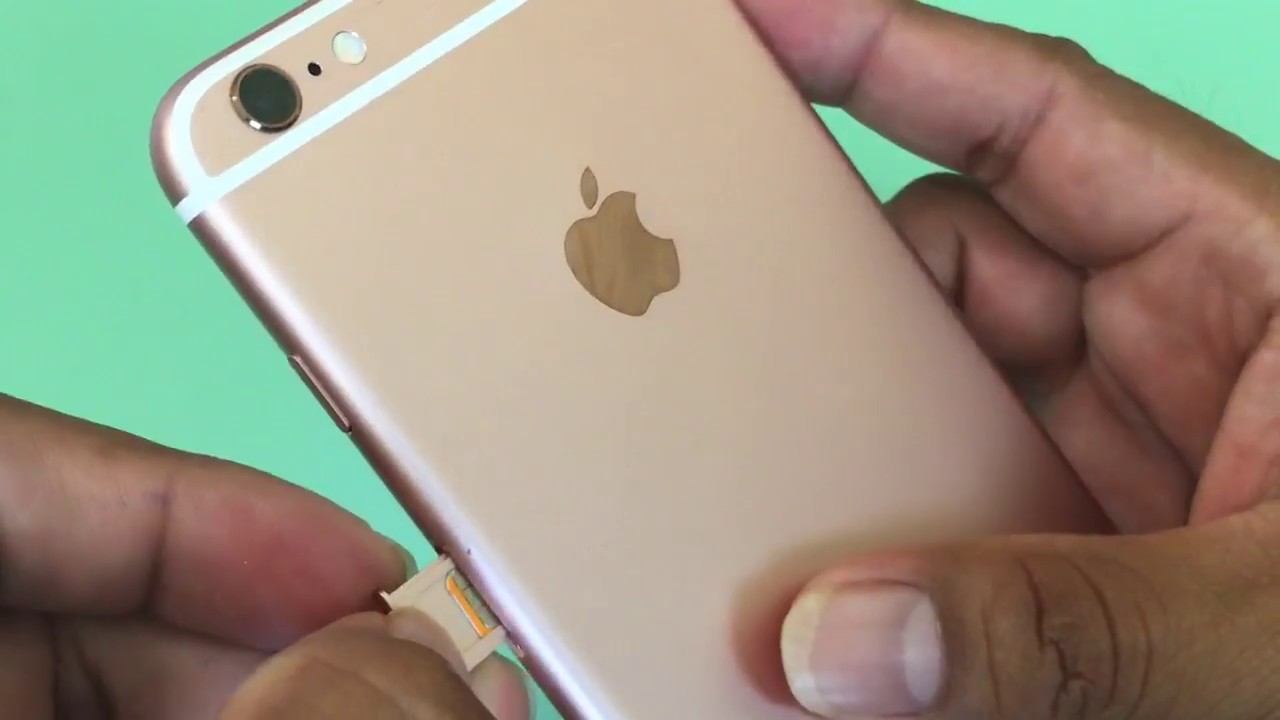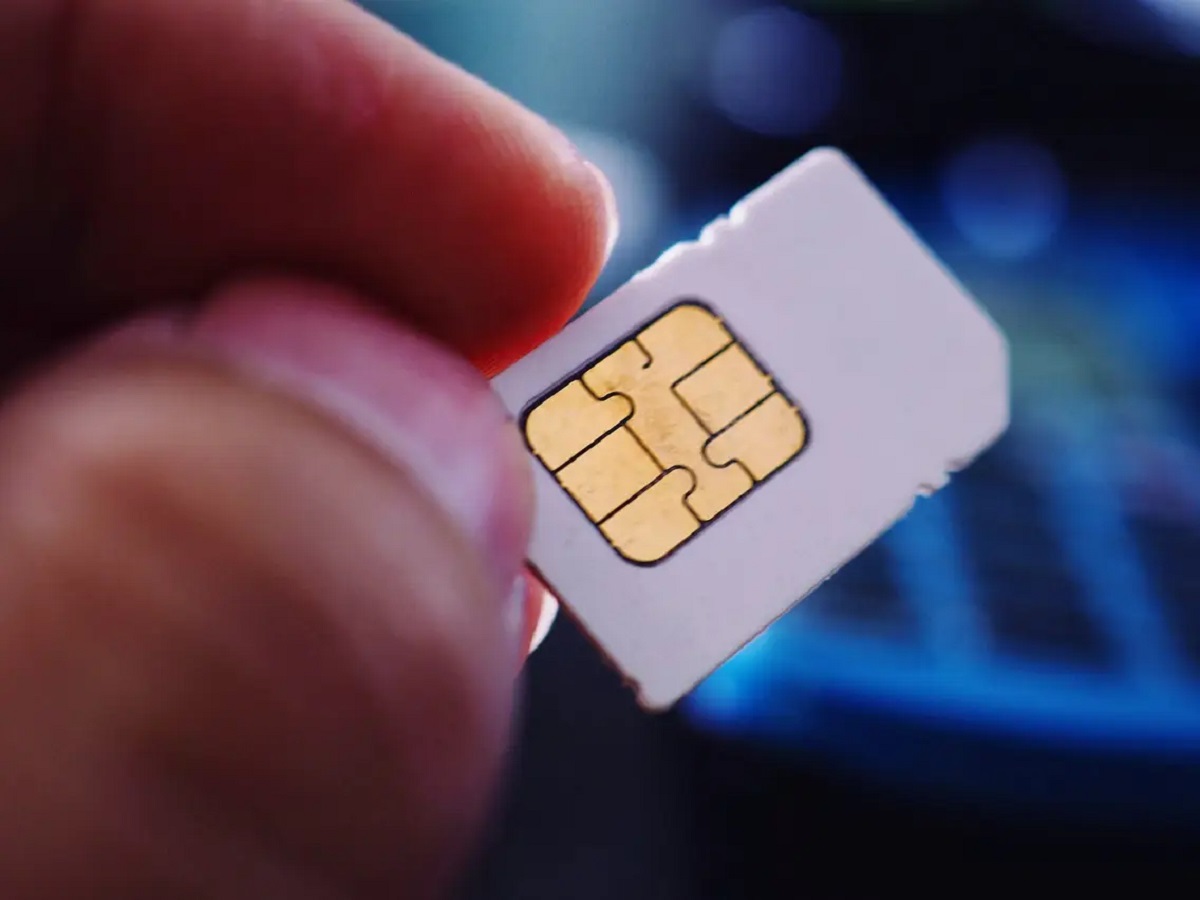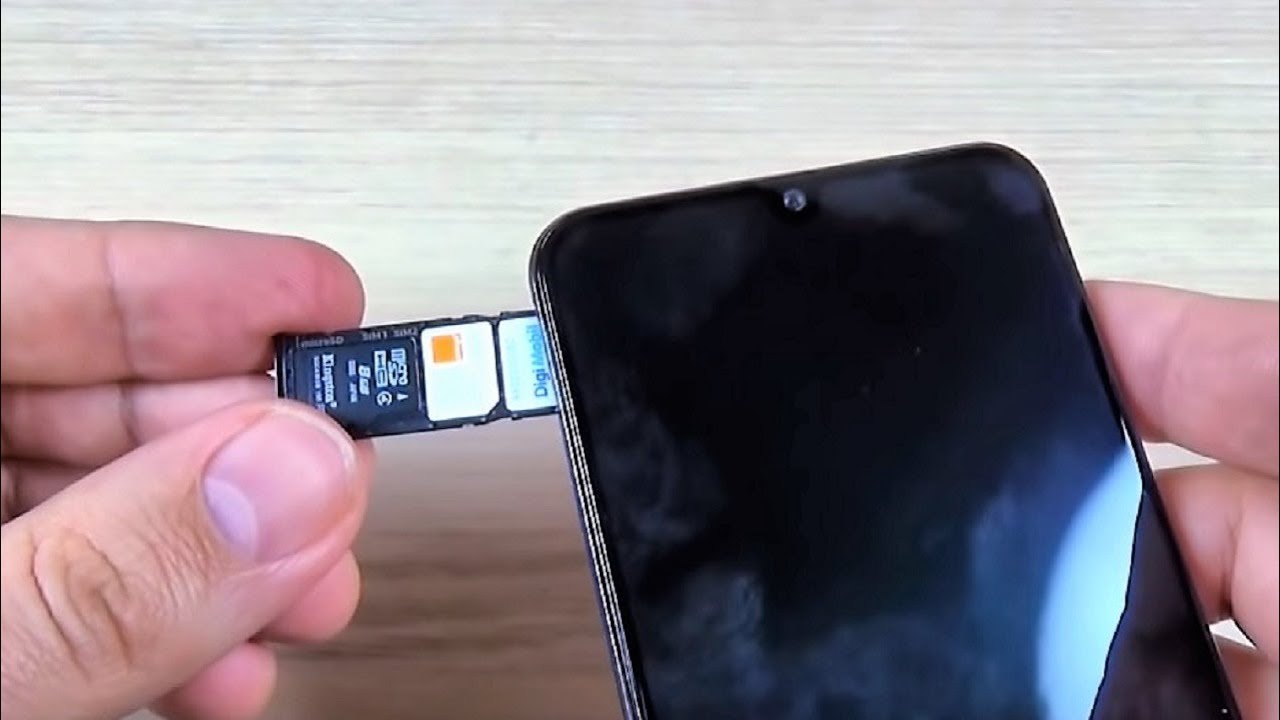Compatibility of SIM Card
When transferring a SIM card to a new iPhone, ensuring compatibility is a crucial first step. The type of SIM card required depends on the specific iPhone model. For older models like the iPhone 4 or 4S, a standard SIM card is needed. However, newer models such as the iPhone 5 and later utilize a smaller nano-SIM card. It's important to verify the SIM card size supported by the new iPhone to avoid any complications during the transfer process.
To determine the SIM card size required for the new iPhone, users can refer to the device's manual or visit the manufacturer's official website for specifications. Alternatively, visiting a certified Apple store or authorized retailer can provide assistance in identifying the appropriate SIM card type for the new iPhone model.
In some cases, users may need to contact their mobile service provider to obtain a new SIM card that matches the compatible size for the new iPhone. This is particularly relevant when transitioning from an older iPhone model to a newer one with a different SIM card size requirement.
Once the appropriate SIM card size is identified and obtained, users can proceed with the next steps of the transfer process, confident in the compatibility of their SIM card with the new iPhone.
Ensuring the compatibility of the SIM card is an essential foundation for a seamless transfer experience. By addressing this consideration at the outset, users can set the stage for a successful transition to their new iPhone without encountering any unexpected hiccups related to SIM card compatibility.
Activation Process
The activation process for a new iPhone involves essential steps to ensure a smooth and functional transition. Upon obtaining a compatible SIM card for the new iPhone, users can commence the activation process, which typically involves the following key considerations:
-
Inserting the SIM Card: Before initiating the activation process, it is imperative to insert the SIM card into the new iPhone. This involves locating the SIM card tray, which is usually positioned on the side of the device. By utilizing the SIM card removal tool or a small paperclip, users can gently eject the SIM card tray, place the SIM card in the designated slot, and carefully reinsert the tray into the device.
-
Powering On the iPhone: Once the SIM card is securely inserted, powering on the iPhone is the next step. Upon startup, the device prompts users to begin the activation process, guiding them through the necessary steps to establish a connection with their mobile carrier and complete the activation.
-
Connecting to a Wi-Fi Network or Cellular Data: To facilitate the activation process, the new iPhone requires an internet connection. Users can connect to a Wi-Fi network or utilize cellular data to enable the device to communicate with the mobile carrier's network and complete the activation seamlessly.
-
Following On-Screen Prompts: Throughout the activation process, the iPhone presents on-screen prompts that guide users through the necessary steps. This may involve entering the SIM card's PIN (if applicable), confirming the mobile carrier, and agreeing to terms and conditions.
-
Verifying Activation Status: Once the activation process is initiated, users should monitor the device's status to ensure that the activation is progressing as expected. This may involve checking for network connectivity, signal strength, and the appearance of carrier-related indicators on the iPhone's display.
-
Contacting Support if Needed: In the event of any challenges or unexpected issues during the activation process, users can reach out to their mobile carrier's support services or visit an authorized retailer for assistance. This ensures that any potential hurdles encountered during activation can be swiftly addressed, allowing for a successful activation of the new iPhone.
By meticulously following the activation process and addressing any potential hurdles with the support of the mobile carrier or authorized retailers, users can seamlessly transition to their new iPhone with a fully activated SIM card, ready to enjoy the device's features and functionalities.
Data Transfer
When transitioning to a new iPhone, data transfer is a pivotal aspect that ensures a seamless continuation of personal information, settings, and media from the previous device. Apple offers various methods to facilitate this process, allowing users to effortlessly transfer their data to the new iPhone. The following options are available for data transfer:
-
iCloud Backup: Utilizing iCloud, Apple's cloud storage service, users can create a backup of their existing iPhone's data, including photos, videos, app data, device settings, and more. Upon setting up the new iPhone, users can opt to restore from an iCloud backup, allowing for the seamless transfer of data from the previous device to the new one. This method is convenient, as it eliminates the need for physical connections or external hardware, streamlining the data transfer process.
-
iTunes Backup and Restore: For users who prefer a traditional approach, iTunes provides a reliable method for backing up the current iPhone and subsequently restoring the data to the new device. By connecting the existing iPhone to a computer with iTunes installed, users can create a complete backup of the device. When setting up the new iPhone, they can opt to restore from the iTunes backup, ensuring that all data, settings, and media are seamlessly transferred to the new device.
-
Quick Start: With iOS 11 or later, Apple introduced the Quick Start feature, which streamlines the process of setting up a new iPhone by facilitating a direct transfer of data from the user's current device. By placing the new iPhone near the current device, users can initiate the Quick Start process, which utilizes the devices' proximity and Apple ID to seamlessly transfer data, settings, and preferences to the new iPhone.
-
Manual Data Transfer: In addition to the aforementioned methods, users can opt for manual data transfer, enabling them to selectively transfer specific data such as photos, videos, contacts, and documents from the existing iPhone to the new device. This approach provides users with greater control over the data transfer process, allowing them to curate the content that is migrated to the new iPhone.
By leveraging these data transfer options, users can seamlessly transition to their new iPhone while retaining their valuable data and settings from their previous device. Whether opting for cloud-based solutions, traditional backups, or direct transfer methods, Apple's ecosystem offers a variety of approaches to cater to diverse user preferences, ensuring a smooth and efficient data transfer experience.
Carrier Plan Considerations
When transitioning to a new iPhone, it is imperative to consider the compatibility of the existing carrier plan with the new device. This involves assessing various aspects of the carrier plan to ensure seamless integration with the new iPhone and optimal utilization of its features and capabilities.
Key considerations for evaluating carrier plan compatibility include:
-
Network Compatibility: Before transferring a SIM card to a new iPhone, users should verify that their current carrier's network is compatible with the device. Different iPhone models support various network technologies, such as 4G LTE, 5G, and CDMA. Ensuring that the carrier's network aligns with the new iPhone's capabilities is essential for uninterrupted connectivity and optimal performance.
-
Data Plan and Features: Users should review their existing data plan and associated features to confirm compatibility with the new iPhone. This includes assessing data allowances, mobile hotspot capabilities, international roaming options, and any specialized features tailored to specific iPhone functionalities. Evaluating the data plan ensures that users can leverage the full spectrum of their carrier's offerings on the new device.
-
VoLTE and Wi-Fi Calling: With the advancement of voice over LTE (VoLTE) and Wi-Fi calling technologies, users should ascertain whether their carrier plan supports these features for the new iPhone. VoLTE enhances voice call quality and facilitates simultaneous voice and data transmission, while Wi-Fi calling enables seamless voice calls over Wi-Fi networks. Verifying support for these technologies ensures an enriched communication experience on the new device.
-
Device Financing and Upgrade Eligibility: For users enrolled in carrier-financed device programs or upgrade schemes, it is essential to review the terms and eligibility criteria for transitioning to a new iPhone. This involves assessing any outstanding device payments, upgrade eligibility windows, and associated terms and conditions to seamlessly integrate the new iPhone into the existing carrier plan.
-
International Compatibility and Roaming: Individuals who frequently travel internationally should consider the international compatibility and roaming capabilities of their carrier plan with the new iPhone. This encompasses evaluating international roaming rates, supported networks in foreign countries, and the ability to seamlessly use the new iPhone abroad without encountering connectivity or compatibility issues.
By meticulously evaluating these carrier plan considerations, users can ensure a harmonious transition to their new iPhone while leveraging the full spectrum of their carrier's offerings. This proactive approach enables users to align their carrier plan with the capabilities and requirements of the new device, fostering a seamless and optimized mobile experience.
Potential Issues and Troubleshooting
Transitioning to a new iPhone and transferring a SIM card may encounter potential issues that can disrupt the seamless transfer process. By being aware of these common challenges and understanding effective troubleshooting measures, users can navigate through any hurdles they may encounter. Some potential issues and their corresponding troubleshooting steps include:
SIM Card Recognition
Issue: After inserting the SIM card into the new iPhone, the device may fail to recognize the SIM card, leading to a lack of network connectivity and functionality.
Troubleshooting: To address this issue, users can carefully eject the SIM card tray, ensure that the SIM card is securely positioned in the designated slot, and reinsert the tray into the device. Additionally, restarting the iPhone and checking for any software updates can rectify potential software-related issues that may hinder the SIM card recognition.
Activation Failure
Issue: Users may encounter difficulties during the activation process, leading to delays in establishing connectivity with their mobile carrier and completing the activation of the new iPhone.
Troubleshooting: In the event of activation failure, users can attempt to restart the iPhone and initiate the activation process once again. Verifying the internet connection, whether through Wi-Fi or cellular data, is essential to ensure a stable network connection during activation. If the issue persists, reaching out to the mobile carrier's support services or visiting an authorized retailer can provide expert assistance in resolving activation-related challenges.
Data Transfer Interruptions
Issue: During the data transfer process, interruptions or incomplete data migration may occur, resulting in missing or corrupted data on the new iPhone.
Troubleshooting: To mitigate data transfer interruptions, users can ensure that both the previous and new iPhones are adequately charged and maintain a stable connection throughout the transfer process. Leveraging alternative data transfer methods, such as utilizing a different Wi-Fi network or switching to a wired connection via iTunes, can circumvent potential connectivity issues and facilitate a comprehensive data transfer to the new iPhone.
Carrier Plan Compatibility
Issue: Users may encounter discrepancies in carrier plan compatibility with the new iPhone, leading to limitations in utilizing certain features or network functionalities.
Troubleshooting: Addressing carrier plan compatibility issues involves reaching out to the mobile carrier's customer support to verify the alignment of the existing plan with the new iPhone's capabilities. This may entail updating the carrier's network settings on the new device or exploring potential plan adjustments to ensure seamless integration and optimal utilization of the iPhone's features.
By proactively acknowledging these potential issues and implementing effective troubleshooting measures, users can navigate through the transition to a new iPhone with confidence, ensuring a successful transfer of the SIM card and a seamless activation process. In the rare event of persistent challenges, seeking expert assistance from authorized service providers or the mobile carrier's support services can offer tailored solutions to address specific issues and facilitate a smooth transition to the new iPhone.









